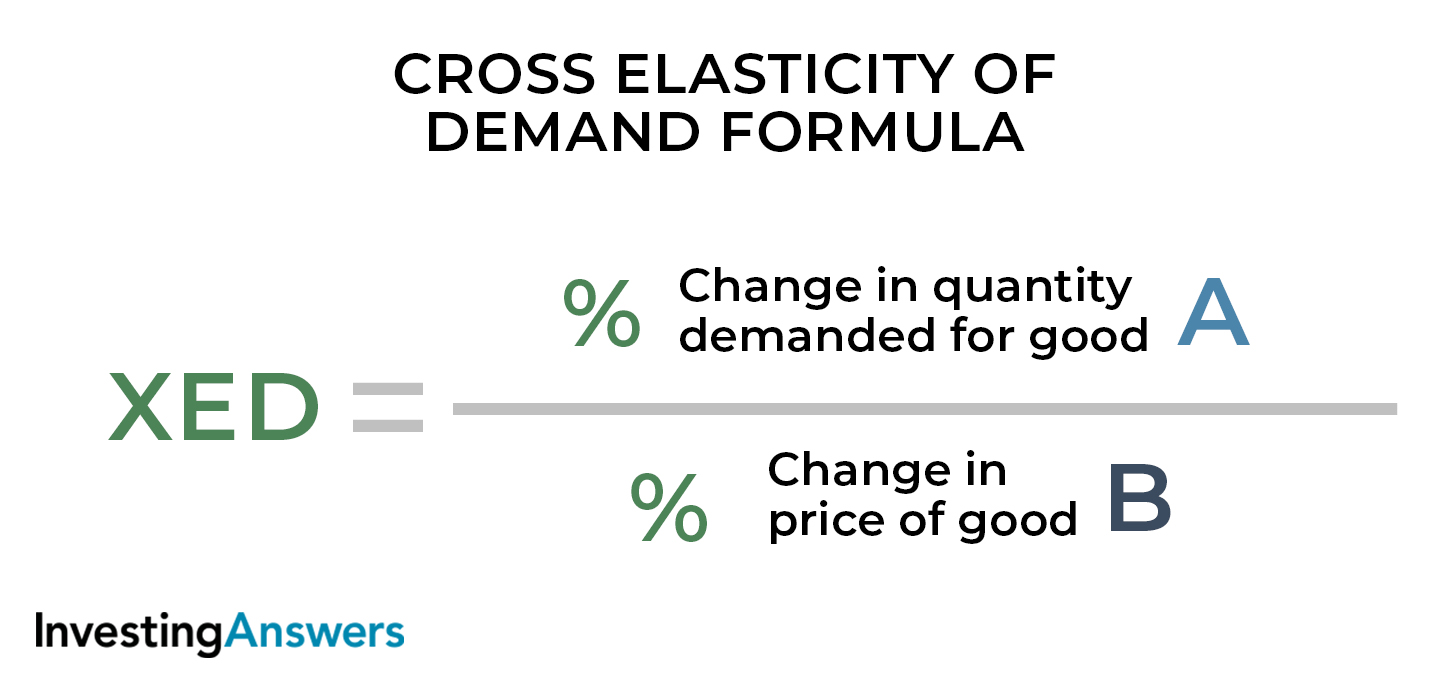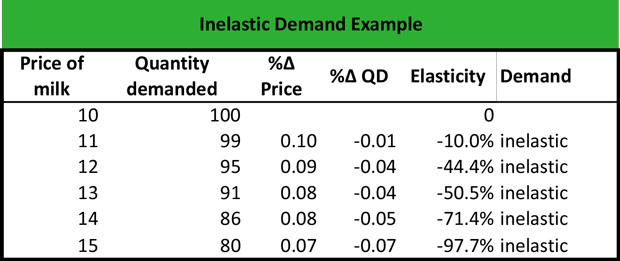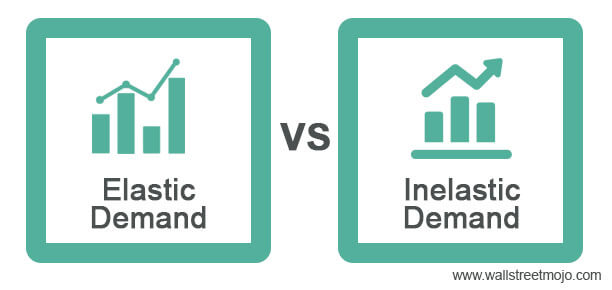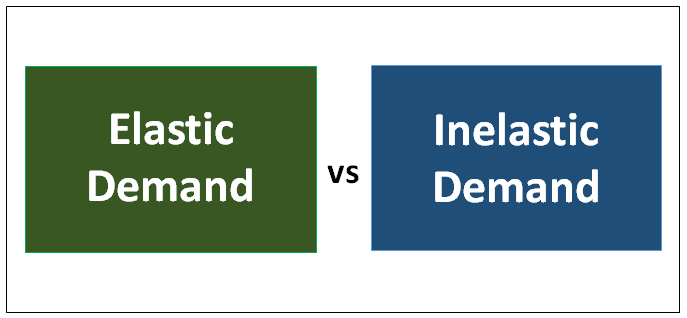Goods with elastic demand are those for which the quantity demanded by consumers is highly sensitive to changes in price. This means that when the price of a good with elastic demand increases, the quantity demanded will decrease significantly, and vice versa. Elastic demand is an important concept in economics, as it helps to determine the pricing strategies of businesses and the impact of government policies on the economy.
There are several factors that can affect the elasticity of demand for a particular good. One of the most important is the availability of substitutes. If there are many substitutes for a good, the demand for that good will be more elastic, because consumers can easily switch to a different product if the price of the original good becomes too high. On the other hand, if there are few substitutes for a particular good, the demand for that good will be less elastic, because consumers have fewer options if the price increases.
Another factor that can affect the elasticity of demand is the proportion of a consumer's budget that is spent on the good. If a good makes up a large portion of a consumer's budget, the demand for that good will be more elastic, because consumers will be more sensitive to changes in price. Conversely, if a good makes up a small portion of a consumer's budget, the demand for that good will be less elastic, because consumers are less sensitive to changes in price.
In addition to these factors, the elasticity of demand can also be affected by the time frame in which the demand is measured. In the short run, the demand for most goods is relatively inelastic, because consumers have limited time to adjust their purchasing habits. However, in the long run, the demand for most goods becomes more elastic, as consumers have more time to search for substitutes or make changes to their budget.
There are several implications of elastic demand for businesses and policymakers. For businesses, understanding the elasticity of demand for their products can help them determine the optimal pricing strategy. For example, if the demand for a good is highly elastic, a business may choose to keep prices low in order to increase the quantity demanded and maximize profits. On the other hand, if the demand for a good is relatively inelastic, a business may choose to increase prices in order to increase profits.
For policymakers, elastic demand can have significant implications for tax policy. For example, if the demand for a good is highly elastic, increasing taxes on that good may lead to a decrease in the quantity demanded, resulting in a decrease in tax revenue. On the other hand, if the demand for a good is relatively inelastic, increasing taxes on that good may lead to only a small decrease in the quantity demanded, resulting in a relatively stable level of tax revenue.
In conclusion, goods with elastic demand are those for which the quantity demanded is highly sensitive to changes in price. There are several factors that can affect the elasticity of demand, including the availability of substitutes, the proportion of a consumer's budget that is spent on the good, and the time frame in which the demand is measured. Understanding the elasticity of demand is important for businesses and policymakers, as it can help them determine the optimal pricing strategy and the impact of government policies on the economy.






